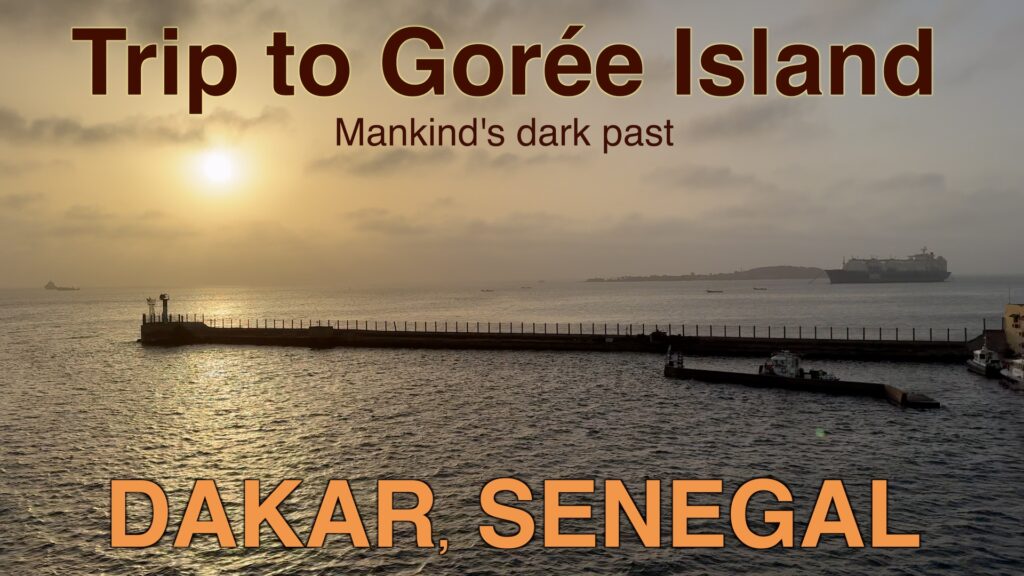Our four previous Athens films have been cut into one bumper informative guide with new footage from the Ancient Agora near Plaka which we filmed early in 2022. Whether it is your first time there or you have been to Athens many times, there is always something new to discover. Like the riviera and beaches of Piraeus which you could do in the afternoon after a morning in the city or at the Acropolis. It could all be on one easy Metro ticket.
Athens film = https://youtu.be/s-By9l9lBKo
Athens, like Lisbon, Barcelona, and Barbados are recurring ports for cruisers. It is not just a port that a ship might visit en route to somewhere else, but it can be a port in which to shelter from a storm or as an alternative interest when other destinations are unavailable. We once stayed there for three days because the weather curtailed access to the Santorini and Mykonos.
We had four films full of information on Athens and have cut them into one which shows the many ways to travel from the port of Piraeus to areas of the city of Athens. It ranges from the changing of the guard, to the ancient sites of the Agora, Zeus, and the Acropolis. Jean then shows you the stadium. We even take a horse and carriage. Athens can be so much fun, and yet it can be so cheap. Jean shows you how to see it all and have a tour all for around ten euros each. One side of Plaka is Monastiraki, other side is Acropolis Museum and Akropoli Station
Also, as most of these ruins and monuments are so huge it can be a challenge to photograph them. In our film, you might see a few angles that work, or do not. The shots of the Acropolis are shot on a 200mm lens from the hill opposite which is free to climb.
Carry only what you need and watch for pickpockets.
Their version of VAT or sales tax can add 25% to your purchases. If you want to try to claim that back, carry your passport, get proper receipts, and then look for signs showing shops that offer the refund service.
You may do the shops and museums in the morning as many close for siestas in the afternoon. That might mean that the afternoon is time for the beach. Just as in Italy, you MUST validate bus tickets BEFORE you get on the bus. Public transport is easy.
Take proof of age if expecting to get senior discounts but not everywhere offers it as the places are well older than you!
If you are not an explorer, then the red bus could be an option. Or the Metro and the Happy Train. The film explains all.
Athena, the goddess of wisdom, competed against Poseidon, the god of the seas and Athens has had a port since 4BC. But the new cruise terminal at Piraeus has three terminals, (Megas Limani, Zea Limani and Mikrolimano) and they are less than a mile from Piraeus and eight miles from Athens. There may be a shuttle bus, though these shuttles to Athens can cost up to 20 Euros.
The Hop On Hop Off Bus now sounds attractive being just outside the cruise terminal, but the new metro system is a cheap, easy, clean way of getting around. Like visiting Rome, you may need a plan, whether based around the metro or the bus. Public bus to the Metro is easy. If it is open buy a ticket at a kiosk to the Acropolis from the cruise terminal, look for the X80 it should be about 4.50 Euro. But it is only Euro 1.40 each way on the metro train. Either walk around the harbour to it, or get the bus going left over the road.
The Acropolis is a collection of buildings, all of huge interest and they are best seen with an informative guide. The most famous is the Parthenon, which stands tall with huge pillars. First there is a myth in history that the Romans invented pillars and arches. Both were in use by the Egyptians hundreds of years earlier, but history is getting re-written a lot with modern science. The pillars are in sections, normally about 4 feet high. They would have been laid out in the required pattern to the building’s blueprint, and then everywhere around them was filled with mud bricks. Then with the ground now level with the top of the column sections, the next sections were brought in. Then the mud, and again and again. The mud goes as high as the roof so the workers are always working at ground level or mud level. Then when the building is finished the mud is removed and washed away leaving a building. They can thank Ramesses the Great, the third Pharaoh of the 19th Dyansty of Egypt for that. Mud for scaffolding. So the acropolis was built using Egyptian engineering methods.
The Parthenon was a temple dedicated to the goddess Athena, Jean tells the story of Athena on the front of our walking guide of Athens which we filmed while there this time. Construction of the Parthenon began in 447 BC, to replace the previous one destroyed during the Persian invasion in 480BC. The building took about ten years, the decoration continued until 432 BC. In the 6th century, it was converted to a Christian church dedicated to the Virgin Mary. For this, the building was altered and renovations inevitably led to the removal and destruction of sculptures. Then after the Ottoman conquest in the early 1460s, it became a mosque. It appeared the Knights Templars gave this a wide birth, but a Scottish nobleman named Thomas Bruce, the 7th Earl of Elgin removed some surviving sculptures from the Parthenon and other buildings between 1800 and 1803. These are known as the Elgin Marbles and there is a dispute over them being returned to Greece that will no doubt run until they are returned. The ones destroyed during the change to Christianity are lost forever. Layers of history, bloodshed at regular page turns.
Still standing and seen in the film is the Erechtheion or Erechtheum another ancient Greek temple dedicated to Athena and Poseidon. It will be seen on the same tour and is on the north side of the Acropolis. Our guide tells us of the women depicted in the statues who dieted and trained to stay slim. I am not sure all stories are accurate, ever, whoever tells them. Legend has it that it may have been built in honour of King Erechtheus, who is said to have been buried nearby. This temple would be a replacement for the original being destroyed again in the Persian invasion in 480BC.
It is a wonderful place, made totally by the stories. Now with so much great TV at home, there are shows on Sky Arts and BBC4 that cover this. They are worth watching before you go, so look for them on the planner. This is a record of our walking tour with a private guide.








